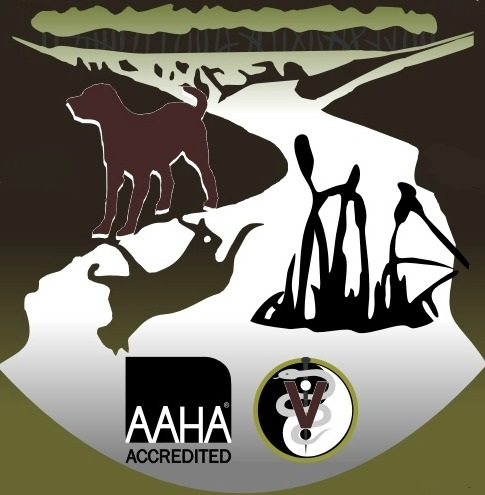Dr Julie Schell
BSc(Hons), DVM (Doctor of Veterinary Medicine), CVA (Certified Veterinary Acupuncturist), CVCHM (Certified in Veterinary Chinese Herbal Medicine), CVC (Certified by the College of Animal Chiropractors and the American Veterinary Chiropractic Association)
Dogs, cats and horses are just some of the types of pets who are athletic, bold and brave. Some of the jumps they do and obstacles they attempt are exceptional. Some cats are able to perform parkour-like manoeuvres including jumping to and balancing on the tops of doors. Often they succeed their missions, but other times they fall, stumble, or miss their target. Dogs are often able to soar off tall ledges, and work hard to contort their body mid-air to catch a frisbee or ball thrown for them. These activities as well as daily repetitive activities such as jumping in and out of cars, trucks and beds can cause abnormally forceful strain on joints. Over-extension and over-flexion injuries can commonly occur. Even when a pet completes a jump successfully, damage can be done to their delicate ligaments, tendons, muscles, or even bones.
In addition to helping to keep your pet’s environment safe, you can help keep them fit so that they will be less likely to sustain injury. Chiropractic, acupuncture and diet therapy are excellent at helping keep the muscles, ligaments, joints, bones, and organs healthier. When joints are in proper health and alignment, the pet will be able to put more balanced weight on them. The joints will be able to undergo their full natural ranges of motion. Therefore, the pet will have better balance and flexibility. They will be less likely to lose balance or fall.
Trimming your pet’s nails often so that they remain sort actually helps improve traction. Dogs who’s claws. I have seen so many cats with nails so overgrown that they curl inwards and damage the paw pad resulting in pain and infection. A rule of thumb is to listen to your pet walk across a flat, bare surface such as hardwood or laminate. If you can hear the claws clicking along the surface as they walk, that means that they are too long and need trimming.
Chiropractic has been used in veterinary medicine to help pets since the 1970s. It began popularity in with horses undergoing dressage, show-jumping, endurance racing and other sports, then started to be used to treat dogs and cats and other animals. Chiropractic means using your hands to treat your patients and involves manually analyzing the patient to feel for chiropractic malalignments of the joints, bones and soft tissues of their body. The joints that can often come out of alignment include the tiny facet joints between one vertebrae to another. Malalignment of these joints can cause injury to the muscles and nerves surrounding these joints. Also, injury can result in malaligment of these joints. Because it is a whole system of healthcare, the overall goal of veterinary chiropractic is to improve and preserve the neuro-muscular-skeletal system in the pet’s body to create proper balance and working order. In animal chiropractic, it also is important to assess the pet’s gait by watching them walk and trot and turn and sit, to further gain information about their alignment. The precise use of controlled, highly specific, high velocity, low amplitude thrusts helps realign the small joints so that the muscles and nerves can improve their function.
It is important that each patient is examined closely, often including radiographic analysis, before performing chiropractic. I like to obtain an accurate diagnosis before adjusting a patient. Adjustments into painful areas should not be done. After adjustments, the pet should be re-examined and reassessed in 1 to 2 weeks and his or her progress should be monitored. The pet should be gently walked after their adjustments, and not kept in a tiny kennel. This helps the pet retain their adjustments. The incorporation of environmental improvement is also key to helping prevent re-injuries in the future.
Veterinary chiropractic, if performed correctly, is a very safe and effective way to help your pet. It does not result in damage to the spinal cord, or stroke, or broken bones. It helps improve the nerve, muscle, joint and overall health of the pet. Many of my patients really enjoy their treatments and respond extremely well. Sometimes they respond better to chiropractic treatments than other Western medicine-type treatments such as drug therapy. I often combine acupuncture, herbal medicine, diet therapy and Western medicine with chiropractic to give my patients a well rounded, effective, long-term improvement in their lives.
Because veterinary chiropractic is so different from human chiropractic, special training must be done by the veterinary practitioner. Your veterinarian should be certified in animal chiropractic before attempting to perform adjustments. For more information, please check out: www.collegeofanimalchiropractors.org, www.animalchiropractic.org, www.veterinarychiropractic.ca and www.bowbottomvet.com


